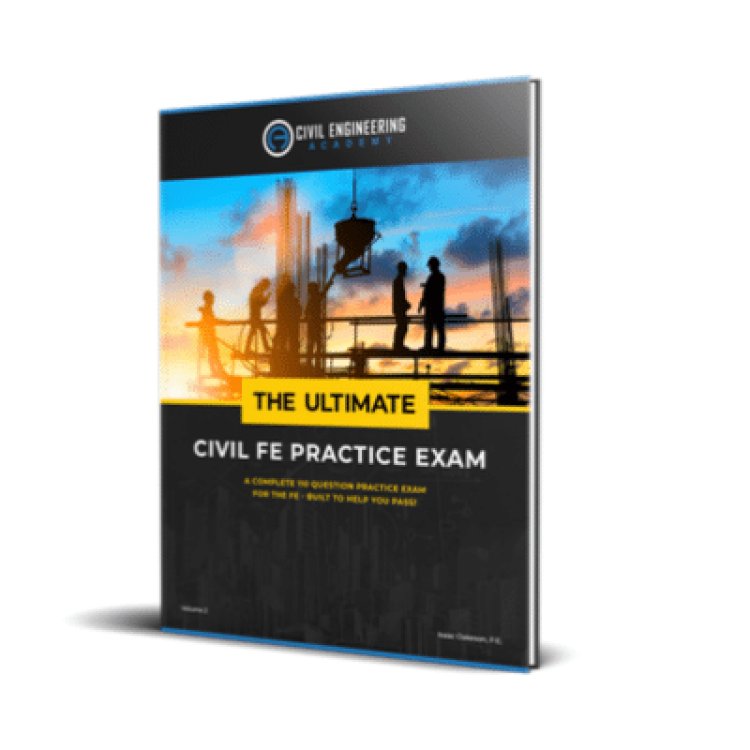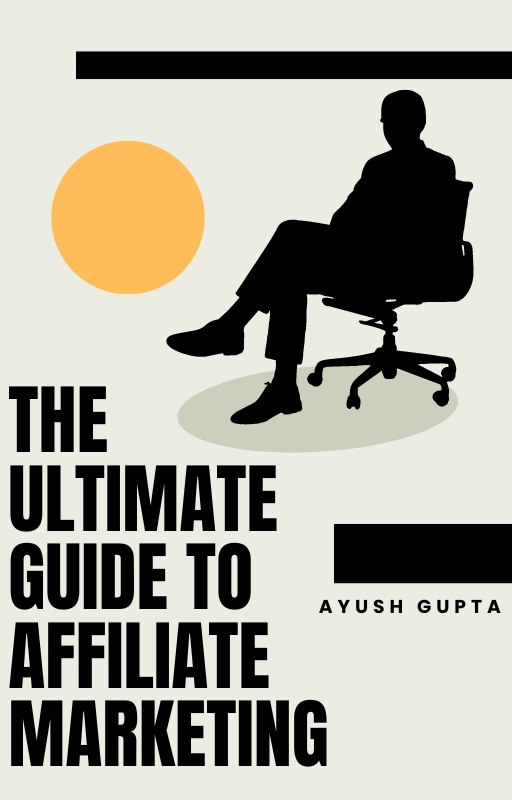Decoding the Path to Licensure: Tools for Engineering Aspirants
Being a licensed engineer is an exciting journey that requires one's dedication, the right tools, and effective preparation. A proper FE and PE exam preparation resource, a clear study plan, and support from both study groups or review courses will lead you confidently toward licensure. Each step, from the FE to the PE level, brings you closer to your goal; stay consistent, stay focused, and face the challenge.
Share this Post to earn Money ( Upto ₹100 per 1000 Views )

Becoming a licensed engineer is not just a milestone but a game-changer. It opens doors to exciting opportunities and builds credibility in your field. But the path can feel overwhelming. From the FE exam to the PE review course, each step demands focus and preparation.
It's all made easier with this guide. You will decode the process and be confidently moving toward licensure using the right tools and strategies. Are you ready to take the leap?
Let's get started!
The Journey to Licensure
Getting your engineering license is more than just passing the FE exam or completing a PE review course. It’s about building a foundation for your future career. But where do you start?
First, let’s break it down. The journey typically includes:
-
Earning an engineering degree.
-
Passing the FE exam to become an Engineer-in-Training (EIT).
-
Gaining practical work experience under a licensed professional.
-
Conquering the PE exam to earn your Professional Engineer license.
Sounds like a lot, right? Don’t worry. It’s all manageable with the right approach. Each step is part of a structured process that ensures you’re ready for the challenges ahead. Here’s the best part: with the right FE exam prep and PE exam prep study course, you can streamline your path to success. Let’s explore how to make it happen!
Mapping Out Your Path to Success
Every great journey begins with a plan, and licensure is no exception. If you are getting ready for the FE exam or stepping into a PE review course, a clear roadmap will make all the difference.
First, determine your timeline: when do you want to take your exams? Break it down into smaller milestones like completing specific topics or practice tests. Remember that consistency beats cramming every time.
Now, think about your learning style. Do you like watching videos and seeing diagrams? Or do you like to practice solving problems on practice tests? Choose FE exam prep and PE exam prep study materials that work for you.
Essential Tools for FE Exam Success
Preparing for the FE exam can be overwhelming, but the right tools can make it manageable. Start with high-quality study materials. Look for books, online courses, or videos that align with the exam's format and topics. Choose resources that explain concepts clearly and provide plenty of practice problems.
Practice exams are your best friend. They not only give you a measure of how prepared you are but also introduce you to how the test will look. You improve your speed, accuracy, and confidence on timed practice with familiarity. The more you practice, the fewer surprises you encounter on the exam.
Another great method is to be part of a study group. This can provide you with numerous new insights while solving problems by working with fellow students. The group will motivate you and help you stay responsible.
Lastly, think about a guided FE exam prep study course. These courses provide professional guidance, a customized curriculum, and step-by-step strategies to keep you on track. Many also include access to additional resources like mock exams and detailed solution manuals.
Building Experience and Navigating EIT Certification
Passing the FE exam is just the beginning. The next step is gaining hands-on experience and earning your Engineer-in-Training (EIT) certification. But what does this stage involve?
Start by seeking opportunities that align with your engineering field. Internships, entry-level jobs, or co-op programs are great ways to gain practical knowledge. Working under a licensed Professional Engineer (PE) not only fulfills requirements but also teaches you industry best practices.
The EIT certification is your proof of progress. Once you’ve passed the FE exam, apply for this designation. It validates your commitment and positions you as a serious candidate for advanced roles.
This phase is all about bridging the gap between academic knowledge and real-world application. Take every opportunity to learn and grow. Each project and task brings you closer to your ultimate goal: becoming a licensed engineer.
Tools for Mastering the PE Exam
Now, after gaining some experience, is the time for the PE exam prep. This is an important step towards becoming a licensed professional engineer and the preparation is more focused than ever.
Begin by reviewing topics you have previously covered for your FE exam, but go into greater detail on more specialized topics. Since the PE exam measures sophisticated knowledge, you are going to have to revisit more nuanced details as they apply specifically to your discipline of engineering.
A review course is one of the best tools for PE exam preparation. Such courses are created to help you tackle the more complex aspects of the exam. They provide you with comprehensive materials, including detailed practice problems, expert-led explanations, and structured timelines to keep you on track.
Make sure to incorporate practice exams into your study plan. The PE exam is long and rigorous, so simulating exam day conditions will help you build stamina and improve time management. Pay attention to the types of questions that repeat most frequently, and make sure you're comfortable with each format.
Another helpful tool is the reference manual. The PE exam allows you to bring in a reference book, so get familiar with your materials well before the test. Practice flipping through them quickly to find key formulas, charts, and tables. Knowing where everything is will save you precious time during the exam.
Overcoming Common Hurdles
Here are some common hurdles you might face in your journey:
-
Dealing with Stress and Anxiety
Break your study sessions into smaller chunks and give yourself time to relax. Staying focused on one topic at a time can help prevent feeling overwhelmed.
-
Balancing Work, Life, and Study
Create a flexible study schedule that fits into your daily routine. Even short, focused study sessions during free time can make a big difference.
-
Staying Motivated During Long Preparation Periods
Set small goals to track your progress and reward yourself when you achieve them. Staying connected with others for support can help keep you motivated.
-
Fighting the Fear of Failure
Mistakes are part of the learning process, so focus on progress instead of perfection. Each setback is an opportunity to grow and improve.
-
Overcoming Difficult Topics or Concepts
Tackle complex topics by breaking them into smaller, manageable parts. If you get stuck, ask for help or use different resources to deepen your understanding.
Summing Up
Being a licensed engineer is an exciting journey that requires one's dedication, the right tools, and effective preparation. A proper FE and PE exam preparation resource, a clear study plan, and support from both study groups or review courses will lead you confidently toward licensure. Each step, from the FE to the PE level, brings you closer to your goal; stay consistent, stay focused, and face the challenge.
Civil Engineering Academy is here to ensure that you make it step by step through preparing you for success and earning your engineering licensure with confidence.

















